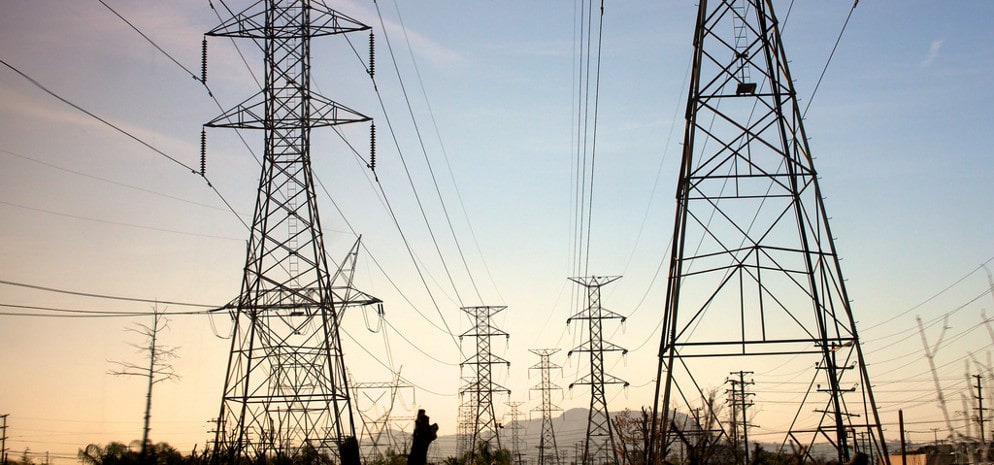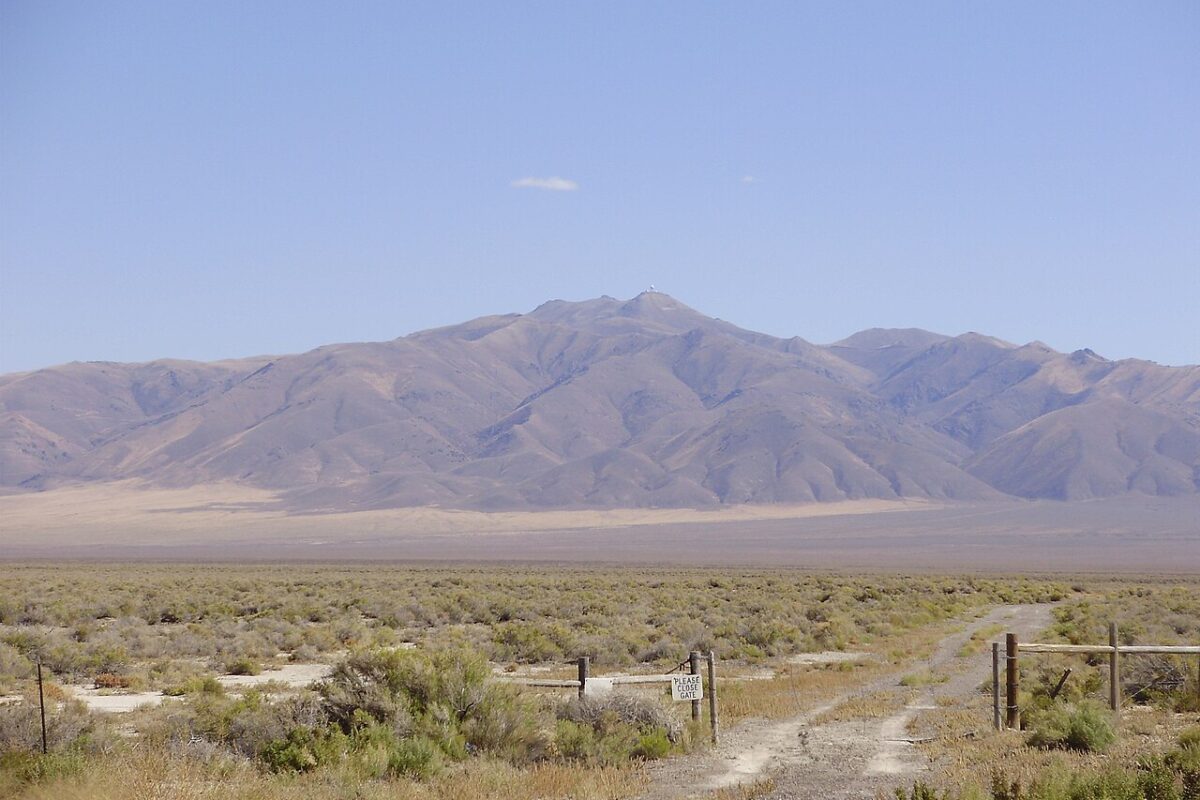According to a new capacity expansion and production cost model for achieving a net-zero economy by 2050, dubbed WIS:dom-P, researchers with Vibrant Clean Energy have calculated that either developing an entirely new interstate high-voltage, direct current (HVDC) transmission system or upgrading our current transmission system to meet the same HVDC standard would actually save the country nearly $1 trillion by 2050.

According to a detailed report introducing and explaining the model, the construction of new transmission lines can happen in two ways: “the model augments an existing right-of-way as well as expanding the substations if required, or the model builds a completely new transmission line and connects two existing substations (and augments them if necessary). The costs are different for performing the two different approaches.”
The yellow line in the graphic above estimates the cost of expanding substations and augmenting the country’s current transmission system, rather than building an entirely new system from the ground up. While the cost of constructing an entirely new transmission system is not visualized on the graph, the report outlines that it would still come at a lower cost than the $1 trillion option of making no upgrades whatsoever.
Modeling for an optimized national transmission system is not the only thing that WIS:dom-P achieves, as it can also be modeled to expand transmission explicitly and economically as a co-optimization with other assets. In short, the model looks to create an optimal energy system balancing transmission, generation, storage and distributed resources.
The model also accounts for natural gas pipelines and storage and can be adapted to build a hydrogen economy, an infrastructure for synthetic ammonia production and an infrastructure for carbon capture and sequestration or utilization. The only limitation to factoring these other resources is that the representation will not account for gas pressures along the pipelines explicitly, only the flow between points, amounts held in storage, and conservation of mass.
This content is protected by copyright and may not be reused. If you want to cooperate with us and would like to reuse some of our content, please contact: editors@pv-magazine.com.









Hi, I would like to access the report, but the link seems to be broken.